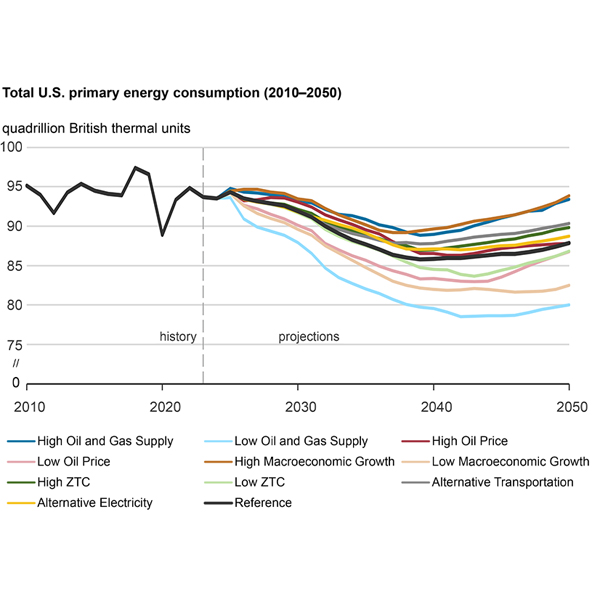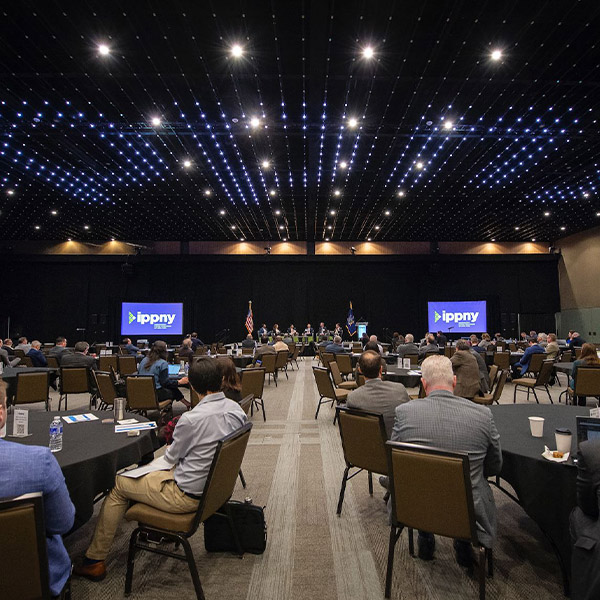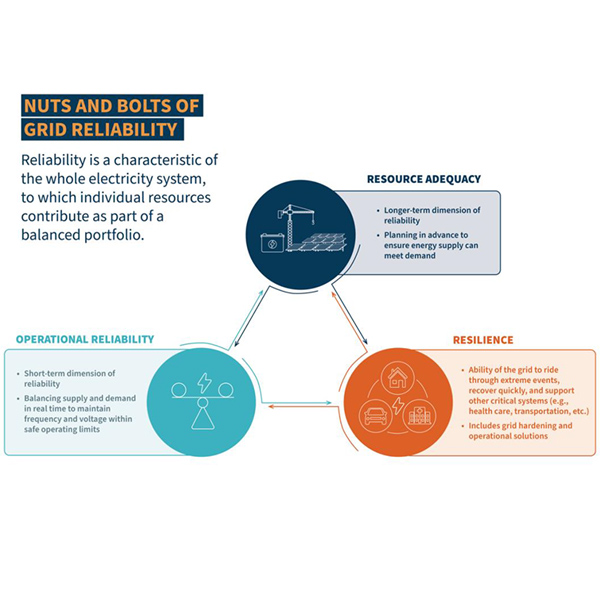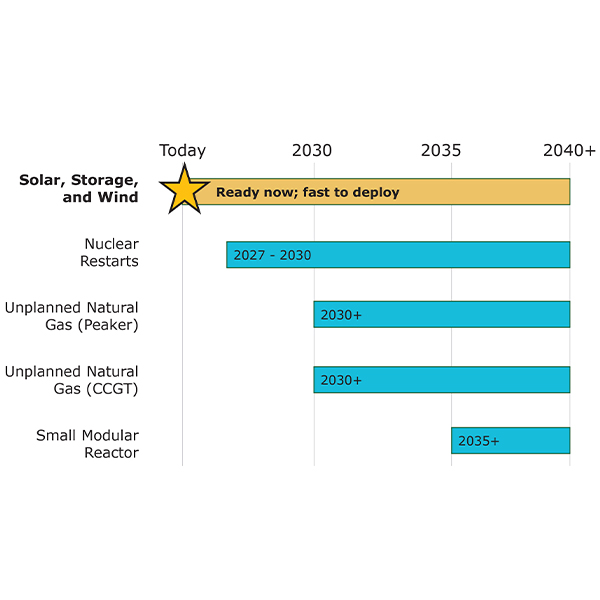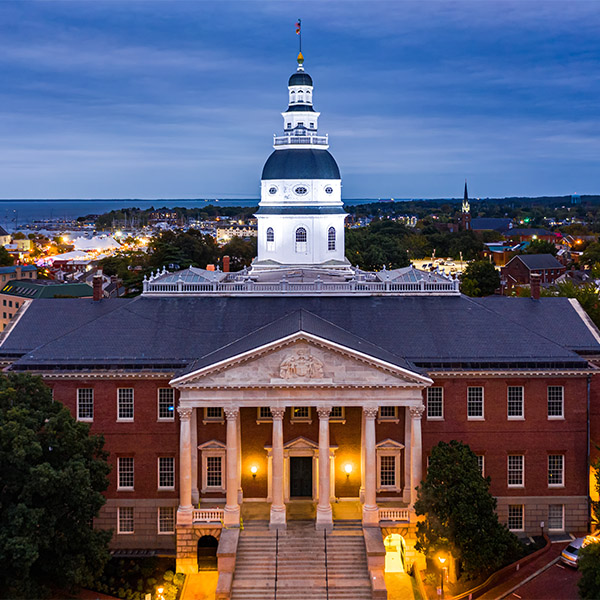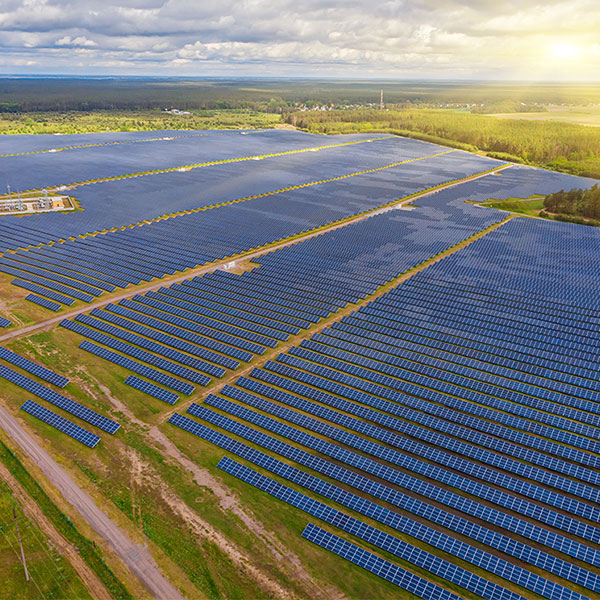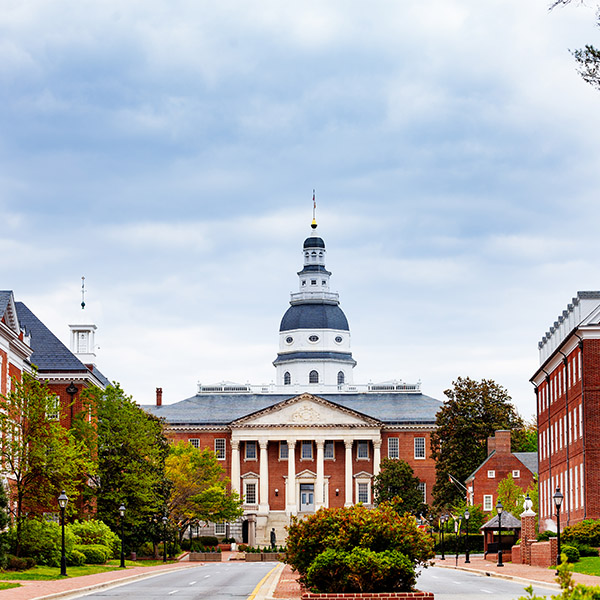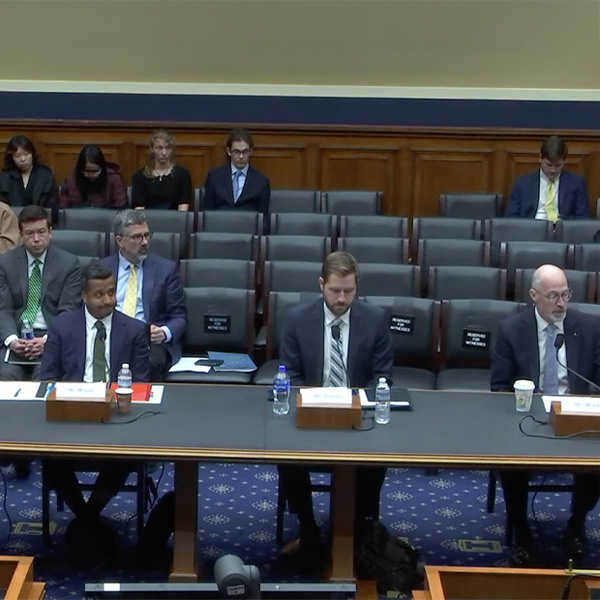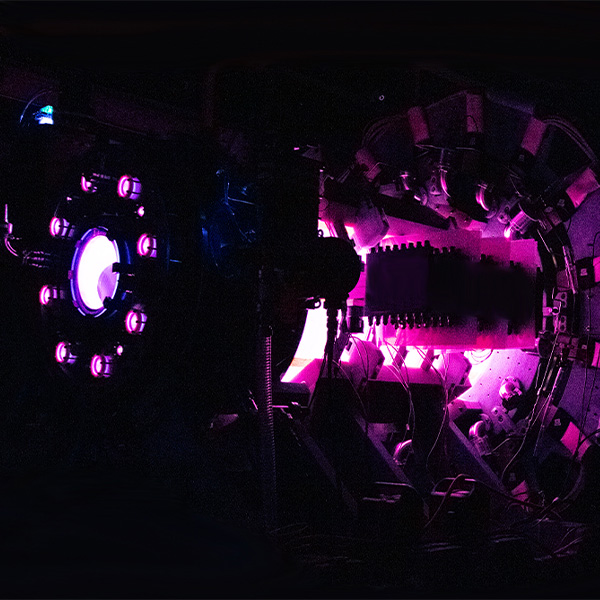Nuclear
The U.S. Energy Information Administration predicts sharp increases in renewable power generation and sharp decreases in coal-fired power in its 2025 Annual Energy Outlook.
NYISO stakeholders heard about the tension between public policy pushes for zero-emission generation, the aging grid, increasing customer costs and concerns about winter peaking.
The current debate in the U.S. electricity sector pitting efforts to increase renewables against the need for grid reliability in the face of growing demand could be unnecessary and counterproductive, according to one expert.
An ACORE report says solar and wind can be deployed cheaply and quickly to meet the country’s rapidly escalating demand growth, while providing support for natural gas and nuclear plants.
The Utility Transparency and Accountability Act was one of the dozens of bills the Maryland House of Delegates sent it to the Senate as part of the legislature’s “crossover day.”
Facing an expected surge in energy demand, New Jersey’s Board of Public Utilities outlined a draft EMP that would continue the state’s existing, vigorous electrification strategy.
State energy policy was supposed to be a top priority for the Maryland General Assembly’s 2025 session, but it appears to be taking a backseat to more pressing fiscal matters.
The House Energy and Commerce Subcommittee on Energy looked into demand growth, which both parties recognized as an opportunity that could benefit policy changes, though plenty of daylight exists on how to address it.
Facing a 40% hike in electricity demand by 2030, New Jersey needs to rapidly craft a plan on how to boost generation and develop its transmission and distribution system, speakers at a conference on the state’s energy future said.
House Bill 1018 would allow developers of fusion projects to approach either the Washington state government or appropriate county government for permission to build on a parcel of land in the state.
Want more? Advanced Search
